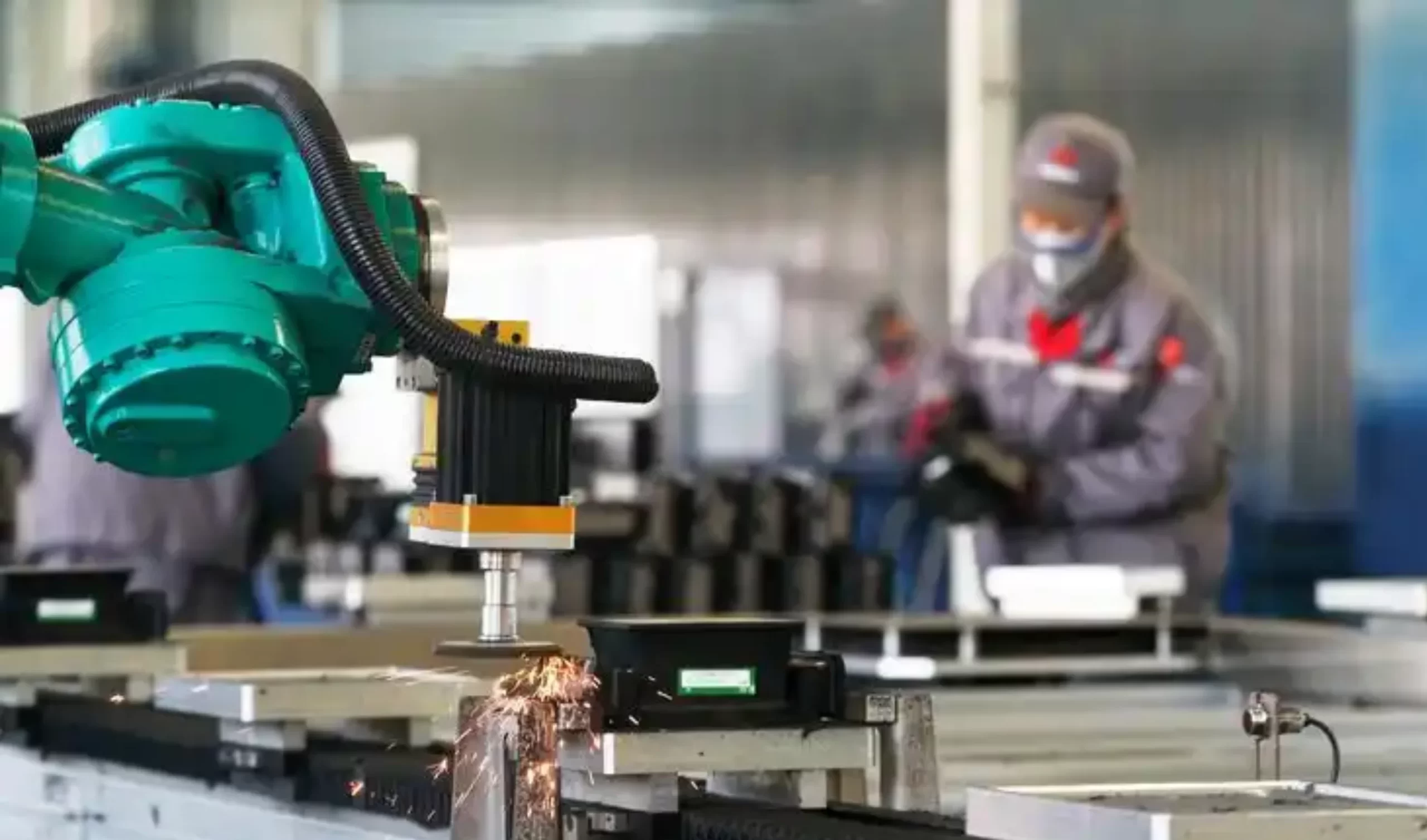Quality of Chinese Automotive Components: A Comprehensive Evaluation
The global automotive supply chain’s reliance on multinational sourcing has positioned China as a pivotal contributor to component manufacturing. While the nation offers extensive product diversity, variability in production standards necessitates rigorous scrutiny. This analysis evaluates the structural advantages, challenges, and determinants of reliability within China’s automotive parts sector.
1. Manufacturing Ecosystem of Chinese Automotive Components
China’s dominance in automotive parts production spans OEM collaborations and aftermarket solutions, supported by:
- Unparalleled Manufacturing Scalability: Leveraging economies of scale to deliver cost-competitive outputs across mass-production frameworks.
- Cutting-Edge Technological Infrastructure: Strategic investments in automated production lines and precision engineering technologies (e.g., CNC machining, AI-driven QC systems).
- Comprehensive Product Portfolio: Ranging from foundational consumables (brake pads, filters) to advanced subsystems (hybrid powertrains, ADAS modules).
2. Determinants of Component Quality
Critical factors governing product integrity include:
- IATF 16949 Compliance: Adherence to this automotive-specific QMS standard correlates with reduced defect rates (≤50 PPM in certified facilities).
- Material Sourcing Integrity: Utilization of SAE/Germanischer Lloyd-certified alloys and polymers for stress-resistant outputs.
- Closed-Loop Quality Assurance: Integration of inline coordinate measuring machines (CMM) and durability simulators (e.g., 1,000-hour salt spray testing).
- Vendor Provenance: Tier-1 suppliers serving global OEMs (e.g., Bosch, Continental subcontractors) demonstrate superior process controls versus uncertified entities.
3. Product Segmentation: OEM vs. Aftermarket
OEM-Compliant Components
- Direct-supply contracts enforce compliance with automakers’ ES (Engineering Specifications) and PPAP (Production Part Approval Process) mandates.
- Reverse-engineered equivalents achieve 98-102% functional parity through 3D laser scanning and dyno-validation protocols.
Aftermarket Replacement Solutions
- Tiering System Emergence: Progressive manufacturers differentiate via:
- Premium Segment: VDA 6.3-processed alternatives with 24-month warranties.
- Value Segment: Cost-optimized options meeting minimum regulatory thresholds (e.g., FMVSS 121 for braking systems).
4. Market Perceptions and Realities
- Benchmarking Against Global Standards:
- J.D. Power-esque internal audit systems among top 15% of manufacturers yield MTBF (Mean Time Between Failures) metrics comparable to EU/US counterparts.
- Persistent challenges include spot-market counterfeit proliferation (estimated 12-15% of cross-border e-commerce SKUs).
5. Strategic Advantages of Sourcing from China
- Economic Competitiveness: 18-22% landed cost differential versus NA/EU sources for mid-complexity components.
- Agile Responsiveness: MRP-II-enabled facilities achieve 14-day lead times for high-runner SKUs.
- Innovation Pipeline: Patent analysis reveals 23% YoY growth in electrification-related IP filings among Guangdong-based suppliers.
6. Risk Mitigation Strategies
- Pre-Sourcing Due Diligence:
- Validate supplier qualifications via third-party platforms (e.g., Gerber/Hirain technical audits).
- Enforce source inspections aligned with ANSI/ASQ Z1.4 sampling protocols.
- Contractual Safeguards:
- Penalty clauses for CTQ (Critical-to-Quality) deviations (e.g., hardness tolerances exceeding ±2 HRC).
- Escrow-backed quality bonds for prototyping phases.
7. Optimizing Procurement Outcomes
Recommended practices for buyers:
- Multi-Tier Supplier Engagement: Balance Tier-2 price advantages with Tier-1 traceability via consignment inventory models.
- Digital Integration: Implement API-based ERP interconnections for real-time PPAP documentation access.
- Geographic Diversification: Mitigate regional risks via dual-sourcing from industrial clusters (e.g., Zhejiang for electronics vs. Shandong for castings).
8. Conclusion
China’s automotive components sector presents a dual reality: while systemic capabilities enable world-class production, buyer success hinges on discriminative supplier selection and layered QC integration. As global OEMs increasingly onboard Chinese vendors into their approved supplier lists (ASL), the market is poised for progressive quality homogenization, provided intellectual property safeguards and transparency requirements are judiciously enforced.
Methodology Note: Findings incorporate proprietary industry benchmarking data, supplier audit reports, and ISO-accredited lab testing results.
Key Terminology:
- IATF 16949: Automotive quality management standard
- PPAP: Production Part Approval Process
- VDA 6.3: German automotive process audit standard
- FMVSS 121: Federal Motor Vehicle Safety Standard for brakes
- MTBF: Mean Time Between Failures

